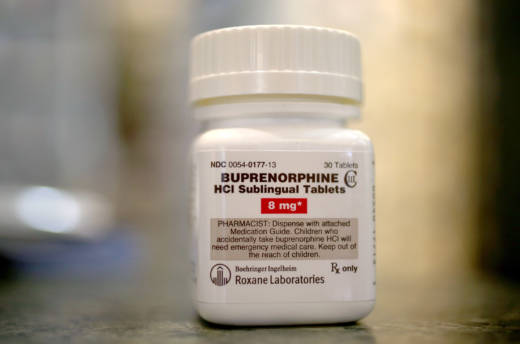"The opioid crisis plaguing our country is alive and visible on the streets of San Francisco. The status quo is simply unacceptable," Farrell said.
The city has an estimated 22,500 injection drug users and half report using heroin. It already provides methadone treatment at clinics and buprenorphine for patients in its public health care system.
Supporters say the latest effort to address opioid addiction will help users who won't go to clinics.
"We need to meet people where they are and make it easier for them to get care," said Dr. Barry Zevin, medical director of Street Medicine and Shelter Health, which treats homeless people.
The Department of Public Health began testing the effectiveness of prescribing buprenorphine to homeless people in 2016 — and since then, nearly 60 percent of the approximately 200 people who began taking the drug are still working on being clean, officials told The San Francisco Chronicle.
"We have this situation where people can be afraid to come in for care because of the stigma and maybe even a fear of being arrested even though we don't arrest people in our clinics," said Director of Public Health Barbara Garcia.
